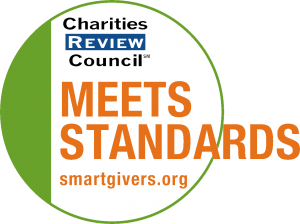Mission Statement
Mission: MCEA uses law, science, and research to protect Minnesota’s environment, its natural resources and the health of its people.
Vision:
MCEA envisions…Clean water, clean air, healthy ecosystems, a sustainable economy, and improved public health for all Minnesotans. We are committed to growing our capacity and impact to achieve measurable progress toward this vision.
Impact and Programs
Accomplishments
MCEA partnered with numerous organizations and legislators to help pass the 100% Clean Energy bill into law, requiring all Minnesota electric utilities to use only carbon-free energy by 2040. MCEA is proud to support the energy transformation that Minnesota needs to address urgent climate challenges.
In June 2023 the U.S. Army Corps of Engineers announced that it had revoked the wetlands destruction permit (Clean Water Act section 404) for the PolyMet mine proposal. This was a critical turning point in the long legal and regulatory saga of this proposed sulfide mine, and one of several markers of progress against an ongoing threat to Minnesota’s water and health.
MCEA partnered to help pass one of the nation’s toughest bans on products containing the per- and polyfluoroalkyl substances, or PFAS. Work toward containing these “forever chemicals” continued in our Water Quality program as MCEA partnered to submit a public comment to the Environmental Protection Agency in support of setting safe drinking water limits on PFAS.
The Hmong American Farmers Association (HAFA) Farm - is the only Hmong-owned and operated nonprofit farming collective in the state. HAFA and MCEA worked closely on legislation and lobbied legislators to halt the expansion of an interchange that would profoundly harm the farm. As a result of our joint advocacy, Dakota County announced in March that it had decided not to move forward with the project.
Current Goals
MCEA's program goals do not vary much year to year. Environmental protection is a multi-year continuum and key highlights that occur annually support our long-term organizational mission - to use law, science, and research to protect Minnesota's environment, its natural resources, and the health of its people.
Community or Constituency Served
Minnesota Center for Environmental Advocacy serves the 5.7 million individuals who reside in Minnesota. We also provide legal, policy, and technical expertise in partnership with organizations ranging from national nonprofits to neighborhood groups.
Geographic Area Served
MCEA serves the entire state of Minnesota.
